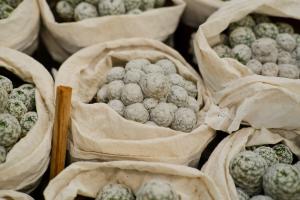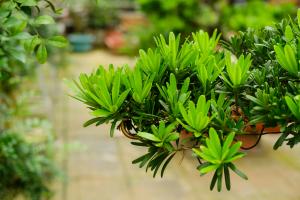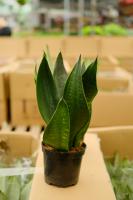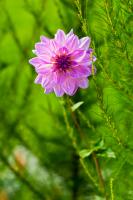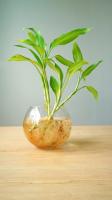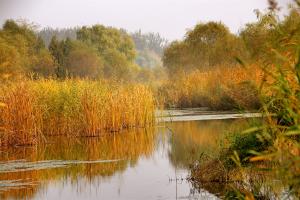How Long Can You Keep Banana Water for Plants?
Many avid gardeners have discovered the benefits of using banana water to nourish their plants. Banana water, also known as banana tea, is a homemade fertilizer made by steeping banana peels in water. It is an affordable and natural way to provide your plants with the nutrients they need to thrive. While banana water is simple to make, many people wonder how long it can be used for. Let's explore this in more detail.
What is Banana Water and How is it Made?
As mentioned, banana water is made by soaking banana peels in water. The peels are rich in nutrients like potassium, phosphorus, and calcium, which are essential for plant growth. To make banana water, you will need to collect banana peels and cut them into small pieces. Place the pieces in a jar or container and fill it with water. Allow the mixture to steep for several days until it turns brownish in color. Strain out the peels and use the liquid as a natural fertilizer for your plants.
How Long Can You Keep Banana Water?
The length of time you can keep banana water largely depends on how well it is stored. If the banana water is kept in an airtight container and stored in a cool, dark place, it can last up to a week. However, if it is not properly stored, the water can start to develop a foul odor and turn rancid. This can be harmful to your plants and may even cause them to die.
How to Know If Banana Water Has Gone Bad?
It is easy to tell if banana water has gone bad. If it starts to develop a strong, unpleasant odor, it is no longer safe to use. Additionally, if you notice any mold or other growth on the surface of the water or the banana peels, it should be discarded immediately. Using bad banana water can harm your plants and defeat the purpose of using natural fertilizers for gardening.
How to Store Banana Water Properly?
To maximize the shelf life of banana water, it is important to store it properly. First, make sure that any container used to store the water is clean and dry before adding the banana water. It is best to use a glass jar with a tight-fitting lid, as this will help reduce exposure to air and minimize the risk of spoilage. Store the jar in a cool, dark place, away from direct sunlight, and use it within a week.
The Bottom Line
Banana water can be a great natural fertilizer for your plants, but it is important to use it properly to avoid any harm to your plants. Keep the water stored in a clean, airtight container and use it within a week. Always check for any signs of spoilage before using banana water on your plants, and discard it if it has gone bad. Proper storage and usage of banana water can help ensure that your plants receive the benefits they need to grow and thrive.

 how many times do yo...
how many times do yo... how many planted tre...
how many planted tre... how many pine trees ...
how many pine trees ... how many pecan trees...
how many pecan trees... how many plants comp...
how many plants comp... how many plants can ...
how many plants can ... how many plants and ...
how many plants and ... how many pepper plan...
how many pepper plan...